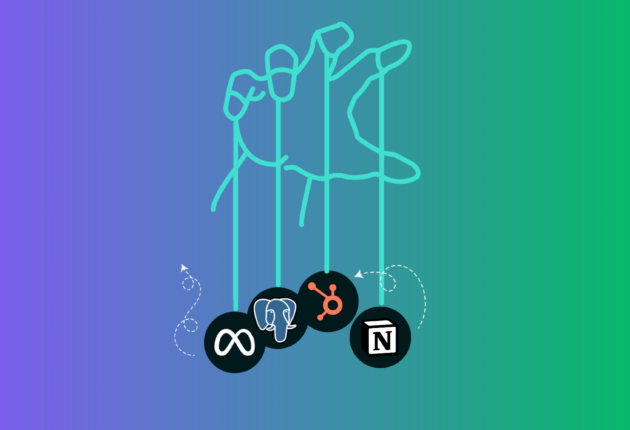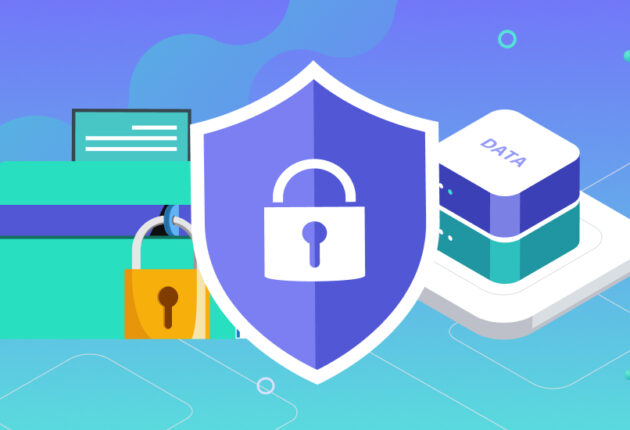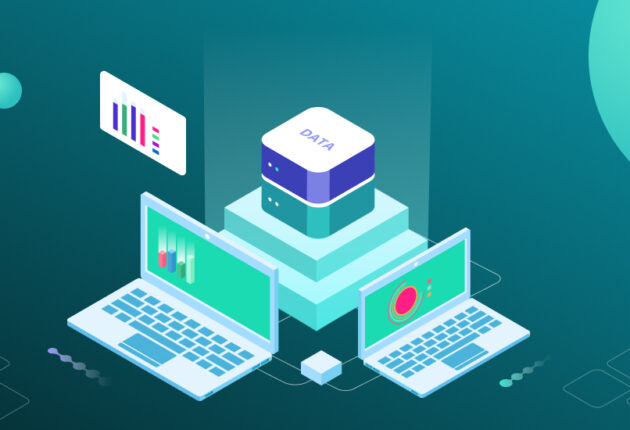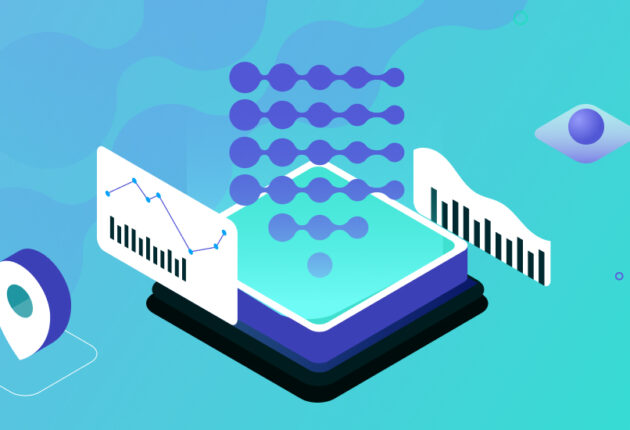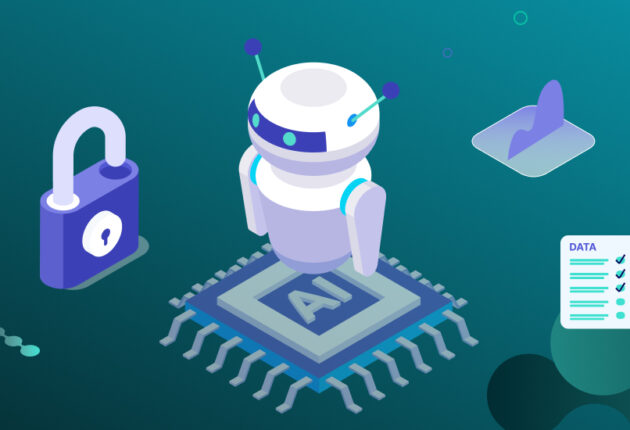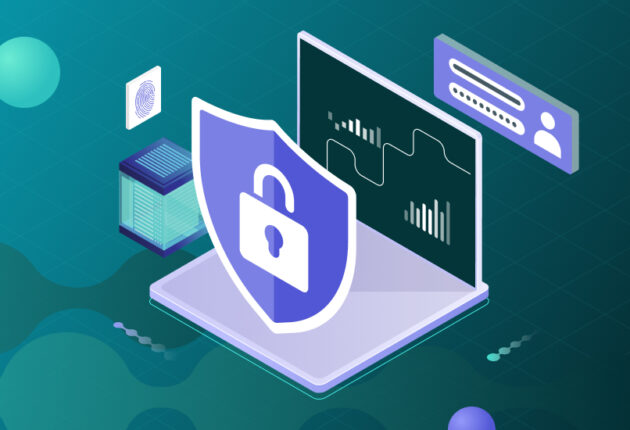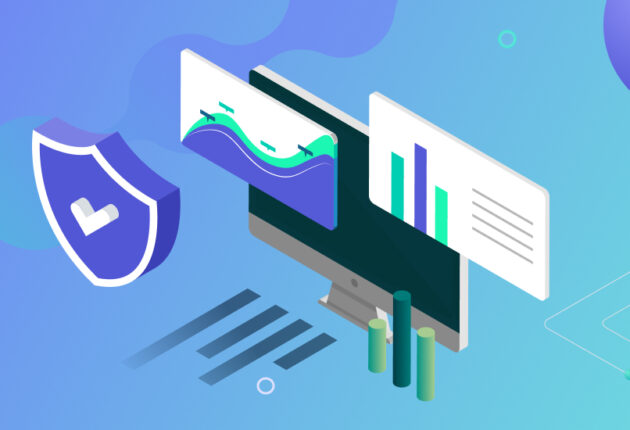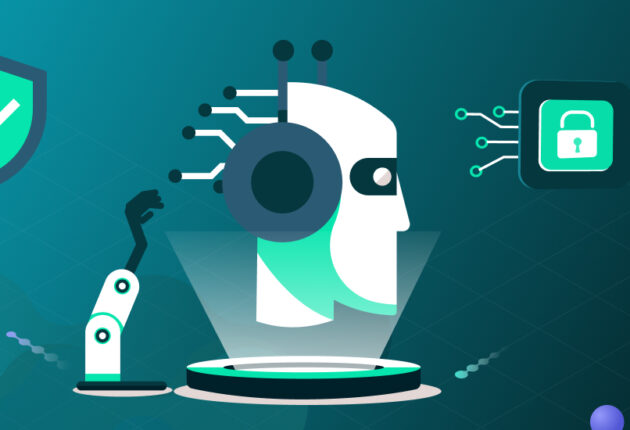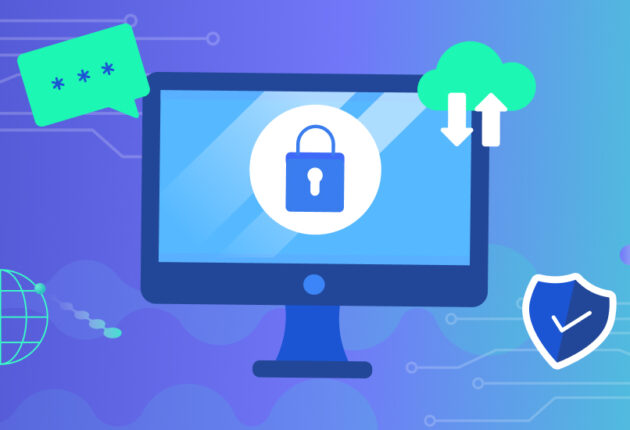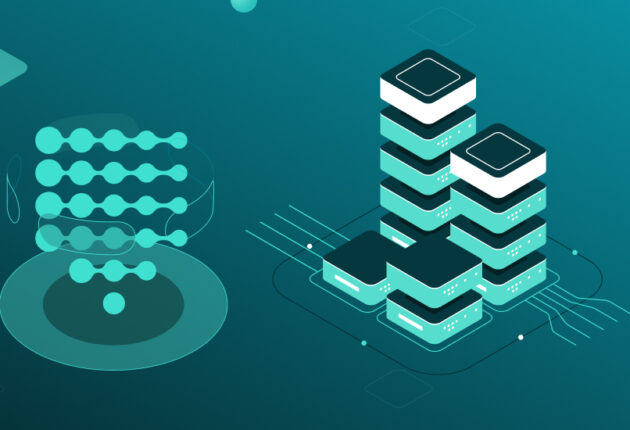Organizations are amassing vast amounts of information, including sensitive and confidential data. Effective data management has become a critical concern, not only for regulatory compliance but also for maintaining a strong security posture and protecting the privacy of individuals. This is where data access governance comes into play. Data access governance is a comprehensive approach to managing access to an organization’s data assets. It ensures that only authorized individuals or entities have access to specific data, based on their roles, responsibilities, and legitimate business needs. In this article, we discuss the significance of data access governance, its role in safeguarding sensitive information, and how differential privacy can enhance data protection while enabling valuable insights.
- Data access governance
- The role of differential privacy
- Best practices for achieving better data access governance
- Conclusions
Data access governance
What is data access governance?
Data access governance refers to the policies, processes, and technologies organizations use to manage, monitor, and control access to their data assets.1 Its primary goal is to ensure that only authorized individuals or entities have access to specific data based on their roles, responsibilities, and legitimate business needs, while safeguarding sensitive information from unauthorized access. Effective data access governance is a crucial component of an organization’s overall data management and security strategy. The key aspects of data access governance include:
- Defining data access policies and standards: establishing policies that outline who can access what data, under what circumstances, and for what purposes. This includes data classification, access control rules, and handling procedures aligned with regulatory requirements.2
- Implementing data access processes and procedures: putting in place processes for requesting, approving, provisioning, reviewing, and revoking data access. This also involves auditing and monitoring data access activities to detect potential violations.3
- Assigning data access roles and responsibilities: defining clear roles like data owners, data stewards, and data custodians, along with their respective responsibilities for managing and governing data access.4
- Enforcing data access controls: utilizing access control mechanisms like role-based (RBAC) or attribute-based (ABAC) access controls to enforce granular permissions aligned with policies (see also our article: “Effective Data Access Management: Risks, Technology, and Strategies”).5
- Ensuring data security and privacy: protecting sensitive data through measures like data masking, encryption, and adhering to privacy regulations.6
The importance of data access governance
The significance of data access governance cannot be overstated, as it addresses several crucial aspects of data management.
First, data access governance provides a framework for organizations to demonstrate their adherence to regulatory requirements. Numerous regulations , such as the General Data Protection Regulation (GDPR), the California Consumer Privacy Act (CCPA), and the Health Insurance Portability and Accountability Act (HIPAA), mandate strict controls over data access and handling. Failure to comply with these regulations can result in severe penalties and reputational damage.
Second, it ensures that sensitive data, such as personally identifiable information (PII) and intellectual property, are protected from unauthorized access or misuse. Data breaches and unauthorized access to sensitive information can have devastating consequences, including financial losses, legal liabilities, and erosion of customer trust. Data access governance helps mitigate these risks by implementing robust access controls, monitoring mechanisms, and incident response protocols.
Third, uncontrolled data access can lead to data silos, duplication, and inconsistencies, hindering operational efficiency and decision-making processes. Data access governance streamlines data management by establishing clear roles, responsibilities, and processes for accessing and utilizing data assets. This promotes better collaboration, reduces redundancies, and enhances overall productivity.
The difference between data access governance and data management
Data management refers to the broader systems and processes for organizing, maintaining, and enabling the efficient use of data across the organization. It covers the entire data lifecycle from acquisition to archiving and disposal.7
On the other hand, data access governance is a subset of data management that specifically focuses on the policies, processes, and controls for determining who has access to what data within an organization.8 It answers questions like who owns the data, who can access it, and what measures are in place to protect it.
Therefore, while data management encompasses the technical implementation of tools and processes for managing data, data access governance provides the strategic framework and guidelines specifically for governing and controlling access to that data.9
The key principles of data access governance
Several sources mention accuracy, accessibility, consistency, and integrity among the data governance principles10 However, the principles of least privilege, segregation of duties, continuous monitoring, and accountability/auditing are specifically highlighted as core tenets of data access governance.11 By adhering to these principles, organizations can effectively manage and control access to their sensitive data assets, mitigating risks associated with unauthorized access, data breaches, and non-compliance with regulations. In particular:
- Least privilege: users should be granted the minimum level of access required to perform their job functions. Limiting access helps reduce the risk of unauthorized data exposure or misuse.12
- Segregation of duties: data access governance should implement controls to separate incompatible tasks among different individuals or roles. This prevents conflicts of interest and ensures that no single user has complete control over critical data assets.13
- Continuous monitoring: user activities and access rights should be regularly monitored to identify any suspicious behavior, policy violations, or unauthorized access attempts. Continuous monitoring helps maintain data integrity and enhances security posture.14
- Accountability and auditing: data access governance must establish mechanisms to track and log user actions, creating an audit trail for accountability purposes. Auditing facilitates compliance reporting and investigations and enables organizations to demonstrate adherence to regulatory requirements.15
Challenges in implementing data access governance
While the benefits of data access governance are evident, organizations often face several challenges in implementing effective governance strategies. One major hurdle is data complexity, as data resides in various formats, locations, and systems, making it challenging to maintain a comprehensive view and control over data access. Additionally, the lack of cross-functional collaboration and siloed data management practices can hinder the implementation of consistent data access governance policies. Integrating data access governance with legacy systems and applications can also be complex and time-consuming. Furthermore, overcoming cultural resistance to change and fostering a data-driven culture within the organization can pose a significant hurdle in the successful adoption of data access governance strategies.
Data Peace Of Mind
PVML provides a secure foundation that allows you to push the boundaries.

The role of differential privacy
Differential privacy can play a crucial role in enhancing data access governance while enabling valuable insights from sensitive data. It involves introducing controlled noise or randomization to data sets, ensuring that the presence or absence of any individual’s data has a negligible impact on the overall results. Differential privacy is particularly valuable in scenarios where data needs to be shared or accessed by multiple parties, such as in collaborative research projects, data-sharing agreements, or when working with third-party analytics providers.
How can differential privacy be used to improve data access governance?
Differential privacy can be a powerful tool to enhance data access governance by enabling controlled access to sensitive data while providing strong privacy guarantees. Here’s how differential privacy can improve data access governance:
- Privacy-preserving data analysis: differential privacy allows organizations to share and analyze data by introducing controlled noise or randomization, ensuring that the presence or absence of any individual’s data has a negligible impact on the results. This means analysts can derive insights from sensitive datasets without compromising individual privacy.16
- Enabling secure data sharing: differential privacy facilitates secure data sharing across different parties or departments within an organization. By injecting noise into the data, it becomes possible to share and collaborate on sensitive information while mitigating the risk of re-identification or unauthorized access.17
- Regulatory compliance: as we have seen above, many data protection regulations, such as GDPR and HIPAA, mandate strict controls over data access and handling. Differential privacy can help organizations demonstrate compliance by providing a mathematically provable way to protect individual privacy while still allowing valuable data analysis.18
- Controlled access to sensitive data: differential privacy enables controlled access to sensitive data by allowing organizations to calibrate the level of noise added based on the sensitivity of the data and the intended use case. This ensures that only the necessary information is revealed, minimizing the risk of privacy breaches.19
- Auditing and monitoring: differential privacy mechanisms can be integrated with data access governance tools to provide auditing and monitoring capabilities. This allows organizations to track and log data access activities, identify potential violations or anomalies, and take appropriate corrective actions.20
Examples of differential privacy being used in data access governance
By implementing differential privacy in conjunction with other data governance measures, such as establishing a robust governance framework, implementing specialized tools, fostering collaboration and accountability, and continuous monitoring, organizations can achieve better data access governance while unlocking the value of their sensitive data assets. Here are two real examples of how differential privacy improved data access governance:
- The U.S. Census Bureau has implemented differential privacy to enable the secure sharing of census data with researchers and other government agencies while protecting respondent confidentiality.21 Differential privacy allows organizations to share sensitive datasets with third parties or across different departments while protecting individual privacy. Also, differential privacy helped to demonstrate compliance with data protection regulations.22 By providing a mathematically provable way to protect individual privacy, it satisfied regulatory requirements for data access and handling.23
- Google has implemented differential privacy in some of its products, such as Google Maps and the Chrome web browser, to collect and analyze user data in a privacy-preserving manner.24 Google leveraged differential privacy to analyze sensitive data without compromising individual privacy. This allowed data analysts to derive valuable insights while mitigating the risk of re-identification.
Best practices for achieving better data access governance
To effectively implement data access governance and leverage the benefits of differential privacy, organizations should consider the following best practices:
- Establish a data governance framework that defines roles, responsibilities, policies, and processes for managing data access. This framework should align with the organization’s overall data strategy and involve stakeholders from various departments, including IT, legal, compliance, and business units.
- Implement data access governance tools to automate and streamline the management of data access controls, user permissions, and auditing processes. These tools can provide visibility into data access patterns, identify potential risks, and facilitate remediation efforts.
- Foster collaboration and accountability by encouraging cross-functional collaboration and establishing clear lines of accountability for data access governance. Involve data owners, stewards, and stakeholders from various departments in the decision-making process, ensuring that data access policies align with business requirements and regulatory obligations.
- Continuous monitoring and auditing by implementing robust monitoring and auditing mechanisms to track data access activities, identify potential violations or anomalies and take appropriate corrective actions. Regular audits and reviews should be conducted to ensure the effectiveness of data access governance policies and procedures.
Conclusions
Undoubtedly, data access governance is a critical component of effective data management, enabling organizations to maintain control over their data assets, ensure regulatory compliance, and protect sensitive information from unauthorized access or misuse. As data continues to grow in volume, variety, and complexity, the importance of data access governance will only increase. Organizations must stay ahead of emerging trends and technologies to maintain effective data management practices. By leveraging techniques like differential privacy, organizations can unlock the value of their data while safeguarding individual privacy. Embracing best practices, fostering collaboration, and staying ahead of emerging trends and technologies, such as the adoption of artificial intelligence (AI) and machine learning (ML), will be key to achieving better data access governance and maintaining a competitive edge in the data-driven economy. Moreover, as data privacy and protection regulations continue to evolve, data access governance frameworks must remain agile and adaptable to ensure compliance.
2 Paloalto, “What is Data Access Governance,” https://www.paloaltonetworks.com/cyberpedia/data-access-governance
3 See Note 1
4 Mark Stone, “Data Access Governance,” 28 February 2024, Concenric AI https://concentric.ai/data-access-governance-a-technical-explainer/
5 Saviynt, “What is data access governance (DAG),” Saviynt, https://saviynt.com/en-gb/glossary-listing/data-access-governance-dag
6 See Note 5
7 Atlan “Data governance vs Data management,” 3 April 2023, Atlan, https://atlan.com/data-governance-vs-data-management/
8 See Note 1
9 Dan Everett, “Data Governance vs Data Management,” 29 Jun 2023, Informatica, https://www.informatica.com/blogs/data-governance-vs-data-management-whats-the-difference.html
10 Datagalaxy, “Defining the 7 core principles of data governance,” https://www.datagalaxy.com/en/blog/7-core-principles-of-data-governance/
11 Data Governance Institute, “Goals and Principles for Data Governance,” https://datagovernance.com/goals-and-principles-for-data-governance/
12 Danny Murphy, “What s data access governance,” 18 April 2024, Lepide, https://www.lepide.com/blog/steps-to-a-successful-data-access-governance-program/
13 See Note 10
14 See Note 11
15 See Note 12
16 https://en.wikipedia.org/wiki/Differential_privacy
17 Immuta Team, “What is Differential Privacy,”17 August 2023, Immuta, https://www.immuta.com/blog/why-differential-privacy-should-be-top-of-mind-for-data-science-and-governance-teams/
18 See Note 2
19 Alexandra Wood et Al, “Designing Access With Differential Privacy,” MIT Edu, https://admindatahandbook.mit.edu/book/v1.0/diffpriv.html
20 See Note 2
21 See Note 19
22 See Note 17
23 Amalie Dyda et Al, “Differential Privacy for Public Health Data,” 10 December 2021, https://www.ncbi.nlm.nih.gov/pmc/articles/PMC8662814/
24 Google Cloud, “Use Differential Privacy,” https://cloud.google.com/bigquery/docs/differential-privacy

